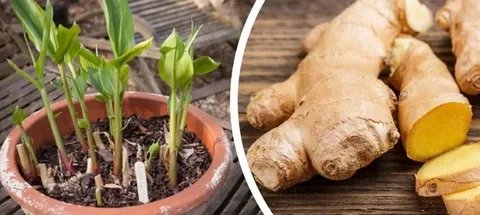Ginger (Zingiber officinale) is a versatile and aromatic spice used in many culinary and medicinal applications. Growing ginger at home is a rewarding experience, allowing you to have a continuous supply of fresh ginger while enjoying its numerous health benefits. This guide will walk you through the best ways to grow ginger at home for an ongoing harvest.
## Choosing the Right Ginger Rhizomes
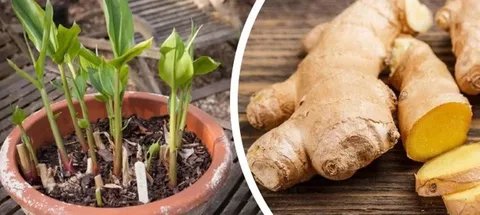
To start your ginger-growing journey, selecting high-quality rhizomes is crucial. Here’s what to look for:
– **Freshness**: Choose plump, firm rhizomes with smooth skin.
– **Eyes or Buds**: Look for pieces with visible growth buds (small nubs along the surface).
– **Organic Source**: If possible, opt for organic ginger to avoid chemicals that might hinder sprouting.
You can purchase ginger rhizomes from a local nursery, grocery store, or an online supplier specializing in organic gardening.
## Preparing the Rhizomes for Planting
Before planting, prepare the ginger rhizomes properly to ensure healthy growth:
1. **Cut into Sections**: Divide the rhizome into 1–2 inch pieces, ensuring each has at least one bud.
2. **Drying Period**: Allow the cut pieces to dry for 24–48 hours to prevent rot.
3. **Pre-sprouting (Optional)**: Soak the rhizomes in warm water overnight to accelerate the sprouting process.
## Selecting the Ideal Growing Conditions
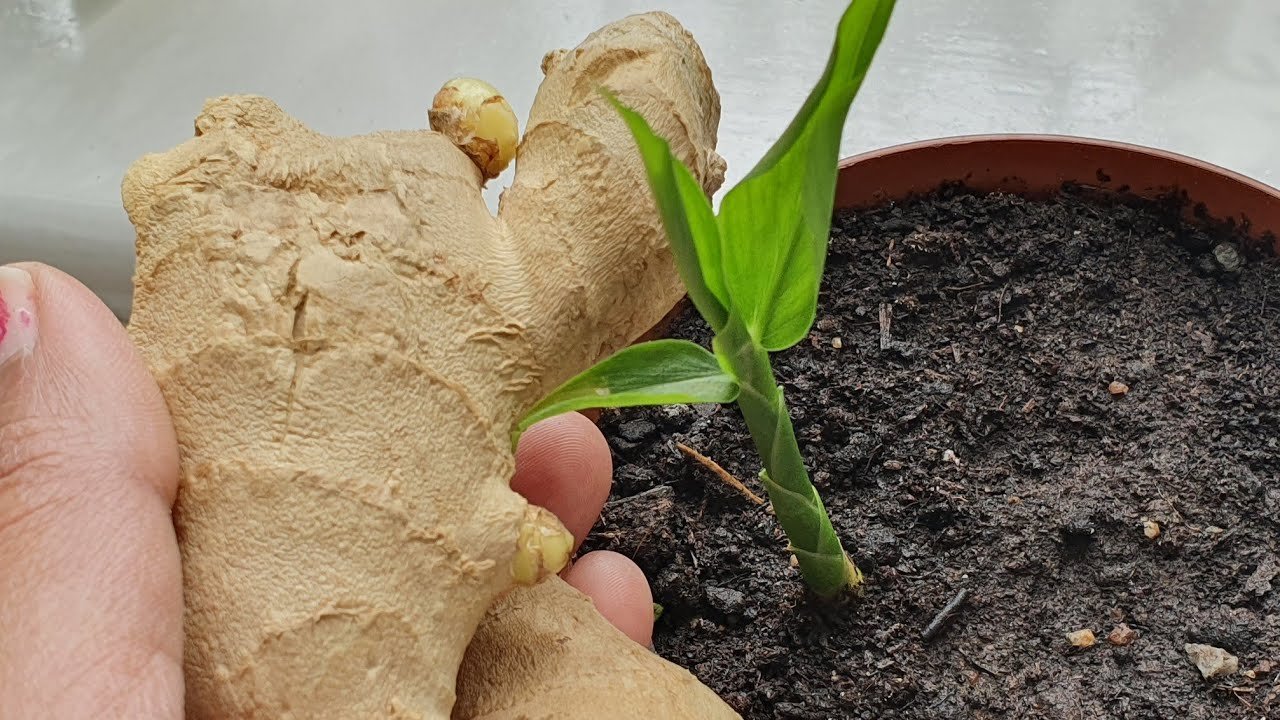
Ginger thrives in warm, humid conditions. Here’s how to create the perfect environment:
– **Temperature**: Keep temperatures between 75–85°F (24–29°C).
– **Soil**: Use well-draining, nutrient-rich soil with a slightly acidic pH (5.5–6.5).
– **Pot or Garden Bed**: If growing in containers, choose pots at least 12 inches deep.
– **Sunlight**: Provide indirect sunlight or partial shade for optimal growth.
## Planting Ginger Rhizomes
Follow these steps to plant your ginger properly:
1. **Fill a pot or garden bed** with rich, well-draining soil.
2. **Plant rhizomes 2–4 inches deep**, with buds facing upward.
3. **Water thoroughly**, ensuring the soil remains moist but not waterlogged.
4. **Cover with mulch** to retain moisture and regulate temperature.
## Caring for Your Ginger Plants
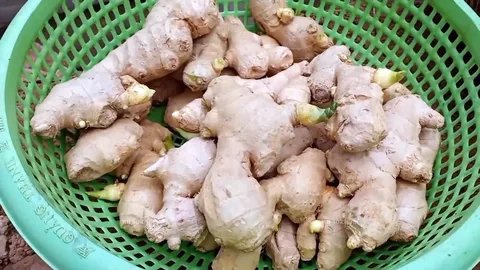
Once planted, ginger requires minimal maintenance but benefits from consistent care:
### **Watering**
– Keep the soil consistently moist but avoid waterlogging.
– Reduce watering slightly in cooler months or when growth slows.
### **Fertilizing**
– Apply organic compost or a balanced fertilizer every 4–6 weeks.
– Use liquid seaweed extract or fish emulsion for added nutrients.
### **Mulching**
– Add mulch to retain moisture, suppress weeds, and protect rhizomes from temperature fluctuations.
### **Pest and Disease Control**
– Watch for pests like aphids, spider mites, and root rot.
– Use neem oil or insecticidal soap for natural pest control.
– Ensure proper drainage to prevent fungal infections.
## Harvesting Ginger for Continuous Supply
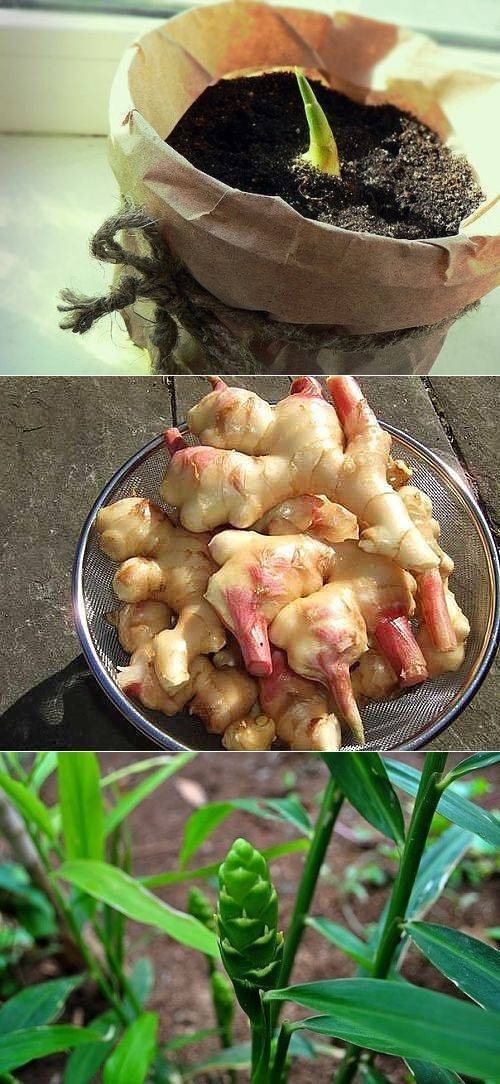
Ginger takes about 8–10 months to mature. Here’s how to ensure an ongoing harvest:
1. **Harvest baby ginger** after 4–5 months for a milder flavor.
2. **For mature ginger**, wait 8–10 months until leaves start yellowing.
3. **Partial Harvesting**: Instead of uprooting the whole plant, dig around the edges and cut sections off, allowing the remaining rhizomes to continue growing.
4. **Replanting**: Keep a few rhizomes to replant for the next cycle, ensuring a continuous supply.
## Storing and Using Your Homegrown Ginger
Once harvested, ginger can be stored in various ways:
– **Fresh Ginger**: Store in the refrigerator for up to 3 weeks.
– **Dried Ginger**: Slice and air-dry or use a dehydrator for long-term use.
– **Freezing**: Wrap in plastic and freeze whole or grated.
– **Pickling**: Preserve ginger in vinegar or alcohol for enhanced flavor.
## Conclusion
Growing ginger at home is a simple yet rewarding process, providing you with a steady supply of fresh, organic ginger. By following these best practices—from selecting quality rhizomes to ensuring ideal growing conditions—you can enjoy an ongoing harvest throughout the year. Whether used in cooking, teas, or medicinal remedies, homegrown ginger offers unbeatable freshness and flavor. Start your ginger-growing journey today and experience the benefits of cultivating this incredible plant
